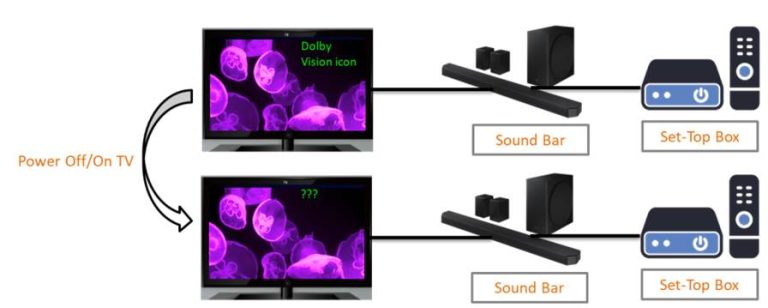Allion Labs | Franck Chen
Potential Problems of HDMI 2.1
In the previous article, we discussed how HDMI 2.1 cables are now supported by many devices and services on the market today. Modern TV setups can get very complex, resulting in various compatibility or functionality issues. In this article, we’ll explain the potential problems that an HDMI 2.1 ecosystem might bring, and how Allion can help you.
Potential Problem 1: 4K 120Hz Signal
Scenario 1
After the game console is connected to the TV display and the signal output setting is switched from 4K 60 Hz to 4K 120Hz, the TV displays a black screen.
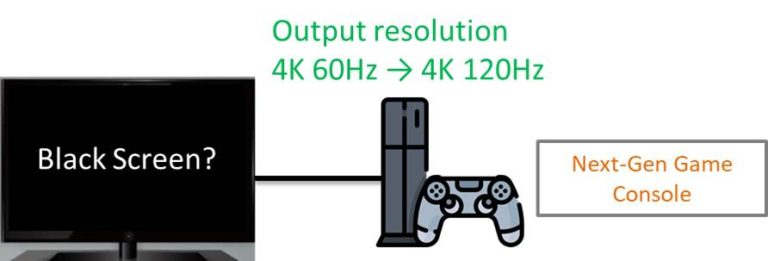
Scenario 2
After the gaming PC is connected to the TV, setting the output resolution to 4K 120Hz and turning on VRR will result in screen flickering (4k 60Hz does not have this problem).
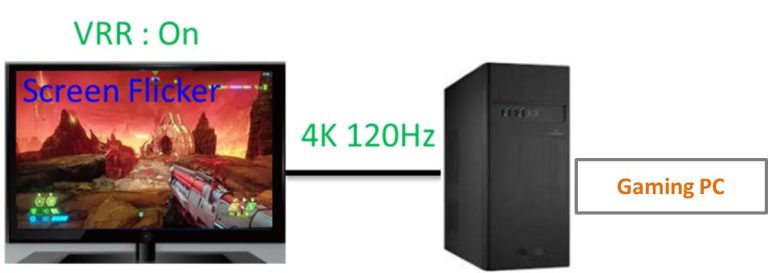
Potential Problem 2: HDR
The set-top box is connected to the soundbar, which is connected to the TV. As 4K HDR video content is playing, the TV can identify Dolby Vision like normal, but after restarting the TV, it cannot.
Potential Problem 3: eARC
Scenario 1
The devices are connected to the TV individually. After the signal sources are switched from the game console to the set-top box, ATMOS video can be played but sound cannot be played through the soundbar. The volume adjustment information display also disappears when adjusting with the remote control.
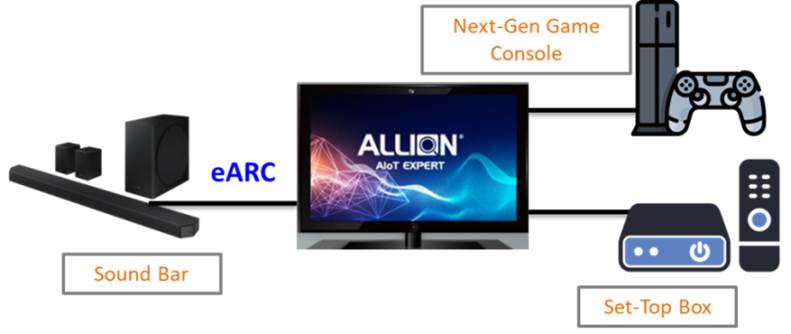
Scenario 2
The set-top box is connected to the sound bar, while the sound bar is connected to the TV. After the input source is switched from the set-top box to the TV, the TV can play ATMOS videos but sound cannot play through the soundbar.

Potential Problem 4: VRR
After the game console is connected to the TV while the VRR function is on, dark areas are displayed abnormally.

Potential Problem 5: ALLM
When ALLM is turned on, “Game” mode will turn on automatically after the game console is connected to the TV and doesn’t automatically turn off after switching to other signal sources.

Potential Problem 6: UI/UX Design
Tvs are generally connected to a variety of HDMI CEC devices. When switching signals. users want to have a convenient list that can automatically detect and display the connected device. This type of design and consideration is a very important part of smart TVs. Below are two different scenarios for comparison:
User-friendly Design Scenario
- The signal source list is integrated with the connected devices. All currently connected devices are automatically detected and displayed.
- After entering the input source page, you can directly control the CEC device.
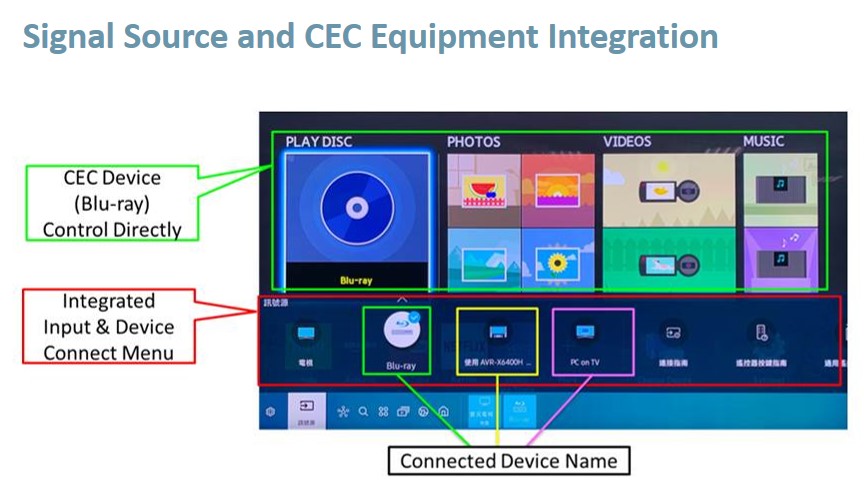
Inconvenient Design Scenario
- The source list doesn’t automatically detect and display connected devices, and switching to the input page of the device cannot be controlled by CEC.
- The signal source list is separate from the CEC equipment list. Several additional steps are required to enter the page for controlling CEC-related equipment, which can be inconvenient for users.
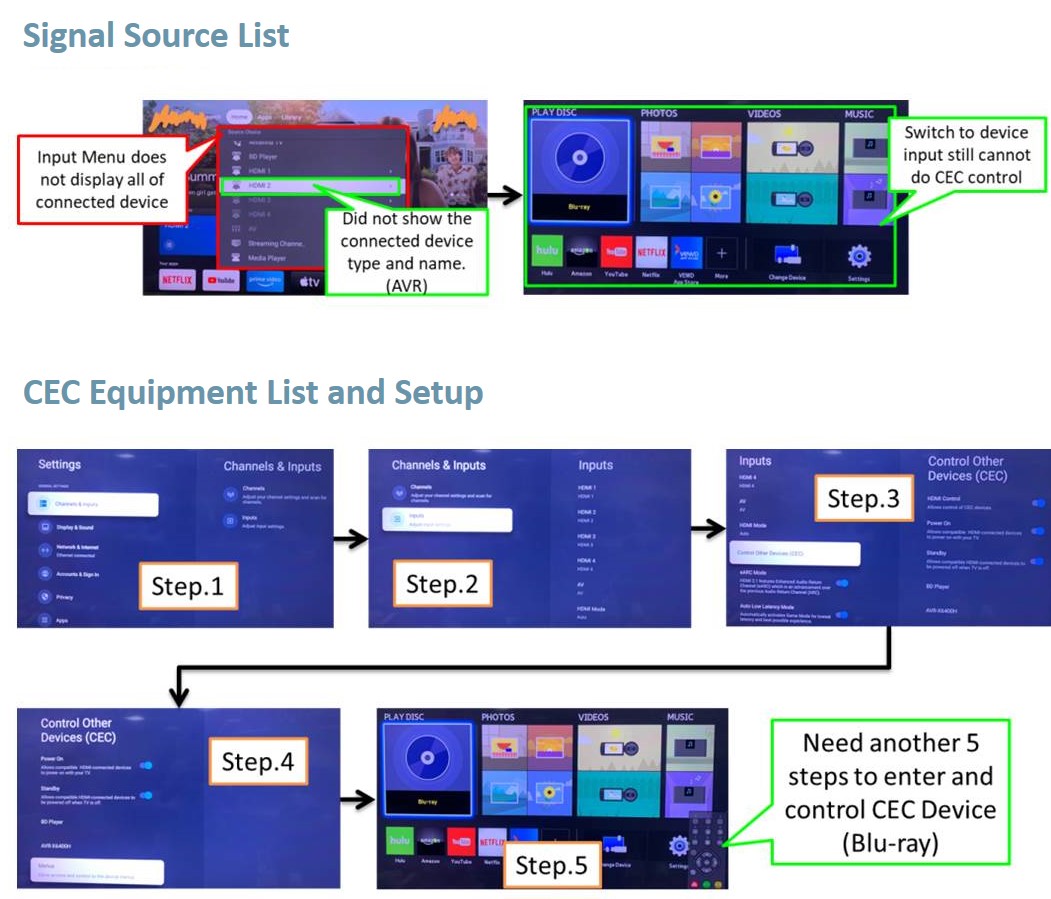
Allion Testing Services
The problems and scenarios mentioned above are all caused by the combinations of different equipment and devices. If you only run a few basic tests before releasing your product to the market, there’s a big chance that you’ll get a lot of customer complaints.
With 20 years of experience in testing, Allion keeps up with modern trends in tech so we can help your smart TV products operate with other brands of devices on the market today, reducing the rate of product returns and bad user experiences.
If you need more information regarding our services, please contact us at service@allion.com.







































